In some initial searches for magic mushrooms, you’ll regularly see references to psilocybin and psilocin, which are the two hallucinogenic compounds found in psychedelic mushrooms.
These are the two main compounds that are responsible for the “trip” one may go on after consumption.
But, if you look into any clinical trials that have or are being conducted, you’ll see that the drugs they are working on are psilocybin and not psilocin.
Why would this be the case?
Why is psilocybin the staple of these pharmaceuticals and not psilocin?
Well, it comes down to chemistry, of course!
In this article, we'll cover the difference between psilocybin and psilocin.
Molecular difference between psilocybin and psilocin
Below, you’ll see the chemical structure of both compounds, Psilocybin and Psilocin. Don’t worry, if you can’t understand this image, you’re in the same boat as 99% of people reading this.
Both compounds are structural analogs of serotonin, which is a neurotransmitter that modulates our mood, cognition, learning, memory, and more.
The difference in the two, as far as chemical structure goes, is in position 4 (top left) where psilocin has a hydroxyl group and psilocybin a phosphate group.
Basically, psilocybin is the dihydrogen phosphate of psilocin, which helps us understand how these compounds behave in and out of our bodies.
While psilocybin is water-soluble, psilocin is not very stable in any solvent. The stableness of both compounds explains why psilocybin is actively used in current pharmaceutical drug development.
Why is psilocybin used in clinical trials and not psilocin?
Psilocin is very unstable. While it’s present in psychedelic mushrooms, as is psilocybin, outside of it, if exposed to heat or oxygen, it can degrade rapidly.
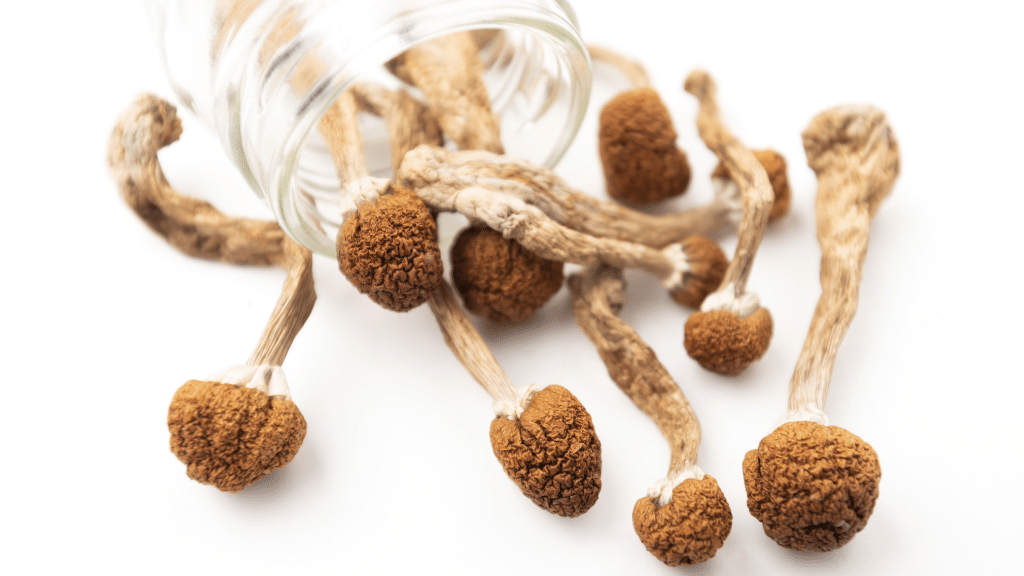
Psilocybin, on the other hand, is much more stable.
But, the interesting thing is that psilocin is the main reason that those that eat magic mushrooms experience hallucinogenic effects. Why? Because when we ingest psilocybin, it is broken down in the body within the digestive tract into psilocin.
This is due to a process called dephosphorylation. Essentially, this process removes that phosphate group (position 4 in the chemical structure) from psilocybin and, therefore, it becomes psilocin. This then enhances the bioavailability in our bodies and allows us to absorb the compound.
There are some companies experimenting with administering psilocin directly into one's body, but the main research so far has been done on giving patients psilocybin and the chemical reaction to take place in the body.
How psilocybin and psilocin work in the body
Now that we understand the process in which the body absorbs and processes the compounds, it's important to understand how it works and why.
Currently, psilocybin is being used in clinical trials to treat various mental conditions, from depression, anxiety, and PTSD to alcohol, drug, and smoking addictions.
As discussed, the compounds are structural analogs of serotonin which regulates our mood, memory and cognition, just to name a few.
Current drugs that are prescribed for the conditions above typically fall into a category called Selective serotonin reuptake inhibitors or SSRI’s. These drugs regulate our levels of serotonin. Psilocybin (and psilocin) play a similar role, but they seem to go a step deeper, and don’t just regulate serotonin.
As one study states, “Along with the direct effects on neurochemical systems, psilocybin alters neural circuitry and key brain regions previously implicated in depression, including the default mode network and amygdala.”
The reality is that we’re still trying to figure out exactly how it works, but it’s been shown that while psilocybin does act on serotonin receptors, a Yale study on mice found that it “prompted an immediate and long-lasting increase in connections between neurons.”
This is where the use of psilocybin (and psilocin for that matter) gets extremely interesting. Because psilocybin and psilocin are doing more than traditional prescription drugs with relation to their regulation and modulation of serotonin.
Instead, psilocybin appears to be creating new neural connections in our brains.
While companies are using synthetic versions of psilocybin, both psilocybin and psilocin, these compounds are most commonly found in certain species of magic mushrooms.
The most common magic mushroom species
For an in-depth look at the most popular magic mushrooms, follow this link.
This most well-known species is Psilocybe cubensis.
Its popularity is largely attributed to its potency and how easy it is to grow.
Species that are grown indoors are also able to generate a higher potency than ones found in the wild, because you can dictate the substrate used for growing to maximize the end result.
Within that species, there are a variety of common strains including.
- Golden Teacher
- B+
- Penis Envy
- Albino Penis Envy
- Pink Buffalo
When it comes to species that grow abundantly in nature, look no further than Psilocybe semilanceata, also known as Liberty Caps.
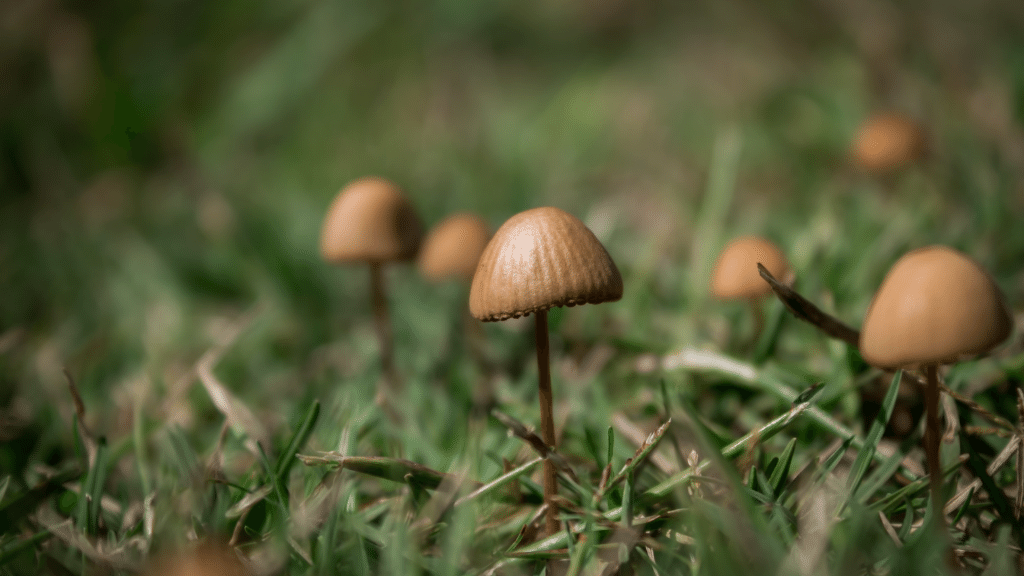
These mushrooms rank high in potency, but are not easily grown indoors, which is why you may not have heard much about them. It’s a notable species, but lacks the consumer appeal based on the growing application.
In the wild, however, they are active throughout the Northern Hempisphere.
The most potent species is Psilocybe azurescens. These are only found on the West Coast of the United States. While potent, they are not as popular on the global scale. Psilocybe cubensis. But for those throughout California, Washington, and Oregon, finding them in nature or home grown cultivation may be an option (it is illegal, however, to possess magic mushrooms at this time).
There are a long list of other magic mushroom species as well, including:
- Psilocybe cyanescens (Wavy Caps)
- Psilocybe tampanensis (Magic Truffles)
- Copelandia/Panaeolus cyanescens (Blue Meanies)
- Psilocybe zapotecorum
- Psilocybe caerulipes (Blue Foot Mushroom)
- Psilocybe mexicana (Teonanacatl)
- Psilocybe caerulescens (Landslide Mushrooms, Derrumbes)
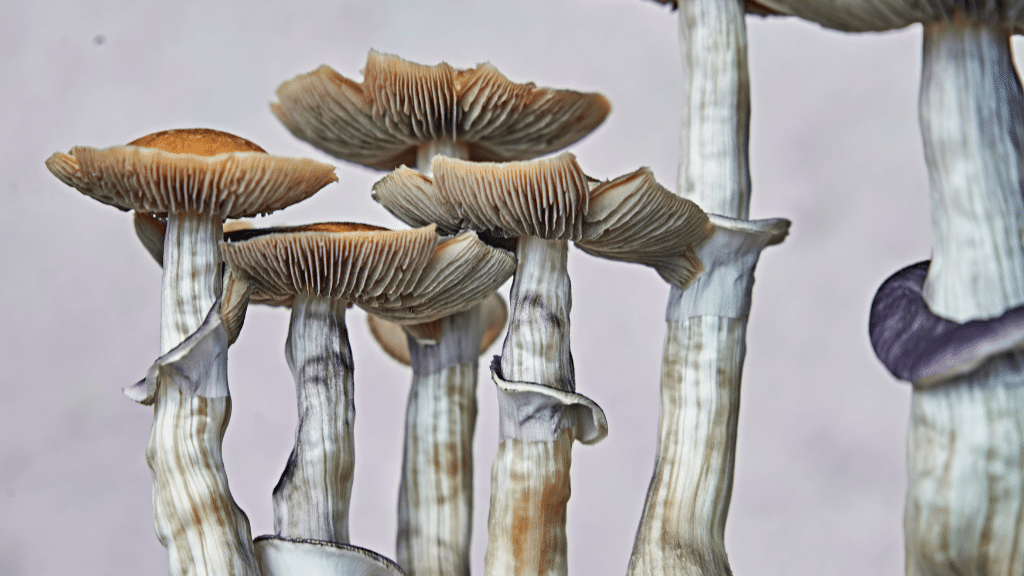
What are the effects of psilocybin and psilocin
Magic mushrooms (which contain psilocybin and psilocin) are known to cause a hallucinogenic effect. This effect will vary greatly from person to person and can be largely impacted based on your individual body composition, the set and setting you take it in, your preparation for the experience, whether you have an experienced professional to guide your experience, and the dose you consume.
In clinical trials, patients have typically undergone psilocybin therapy where they are guided by a licensed therapist. The session will last around 6-8 hours, accompanied by a session afterwards that helps the patient discuss the experience with a licensed professional.
In general, psilocybin and psilocin “trips” last about 6 hours, though this can be greatly influenced by the amount consumed.
How to dose psilocybin and psilocin:
If one is seeking more than a microdose (we’ll discuss this briefly below) that doesn’t have any hallucinogenic effect, you may see typical doses like these:
|
DOSE |
DRIED MUSHROOMS |
PSILOCYBIN |
|
lower |
1 gram |
10mg |
|
medium |
1.75 grams |
17.5mg |
|
higher |
3.5 grams |
35mg |
|
hero’s dose |
5 grams |
50mg |
It’s typical for dried magic mushrooms to contain about 1% psilocybin, but as we mentioned above, some species, like Psilocybe azurescens, will contain more.
In clinical trials, the dose for the psilocybin therapy sessions is generally around 25mg of psilocybin. Remember, that the psilocybin used in clinical trials is synthetic and not from eating dried mushrooms. The 25mg of psilocybin in clinical use is by a pill/capsule taken orally. This is a highly controlled, highly monitored application of psilocybin.
Within these doses, on the lower end, you may experience a bit of euphoria, but not a full trip or perceptual distortions.
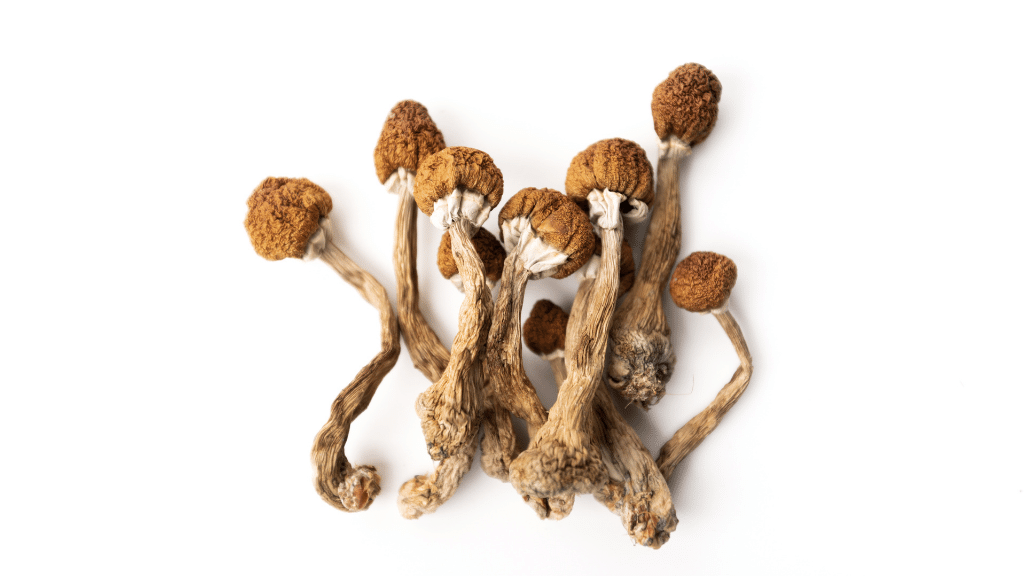
However, as one may move up to a 5 gram dose, that’s when one may experience a complete disconnect from reality. It’s not recommended to start there.
In fact, because of the legality, it’s illegal in the United States to use or possess magic mushrooms across the board. While some states have decriminalized psychedelic mushrooms for clinical use, it still remains illegal throughout the country. We only off this for educational purposes.
You can review our state-by-state legislation database here.
Understanding the microdosing of psilocybin and psilocin
Even microdosing, which is becoming increasingly popular, is illegal.
This process is often thought of as taking 1/10th the amount of the dose for tripping.
For example, let's say that a very high dose was 3.5 grams or 35mg of psilocybin. The microdose would be 3.5mg of psilocybin.
Again, while illegal, this process does not come with the hallucinogenic properties of taking a higher dose, but many users have attributed microdosing as a natural aid to various conditions, like depression, anxiety, and more.
Research still needs to be conducted to weigh in on this. We still don't fully understand the potential benefits, applications, or long-term effects of microdosing.
For more on microdosing experiences for individuals, check out these top mushroom forums.
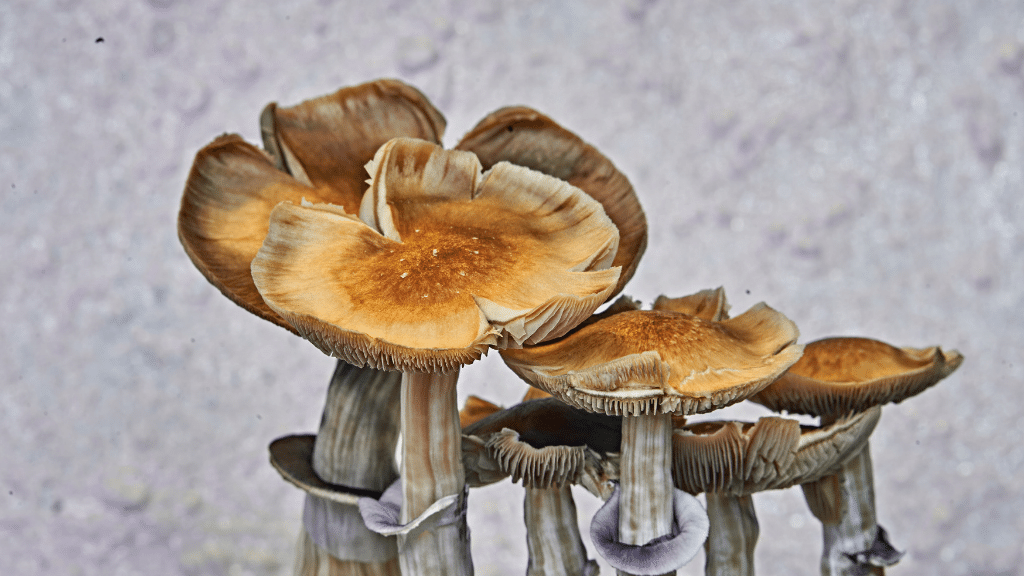
Is psilcybin and psilocin use legal?
In short, the answer is absolutely not. Psilocybin and psilocin use is federally illegal.
To further comment on the legislation of magic mushrooms, we’ve built a complete state-by-state platform where you can see the current status of your state, any bills or legislation that has been or is being voted on, as well as advocacy groups and what you can do if to help push the ball further.
At Remeday, we are advocates for the use of psilocybin in medical practice and how that research continues to make it commercially available for consumers.
Until then, possession and use are illegal and can carry hefty sentences and fines, depending on the jurisdiction you live in.
If you’d like to learn more, view our State-by-State database here!

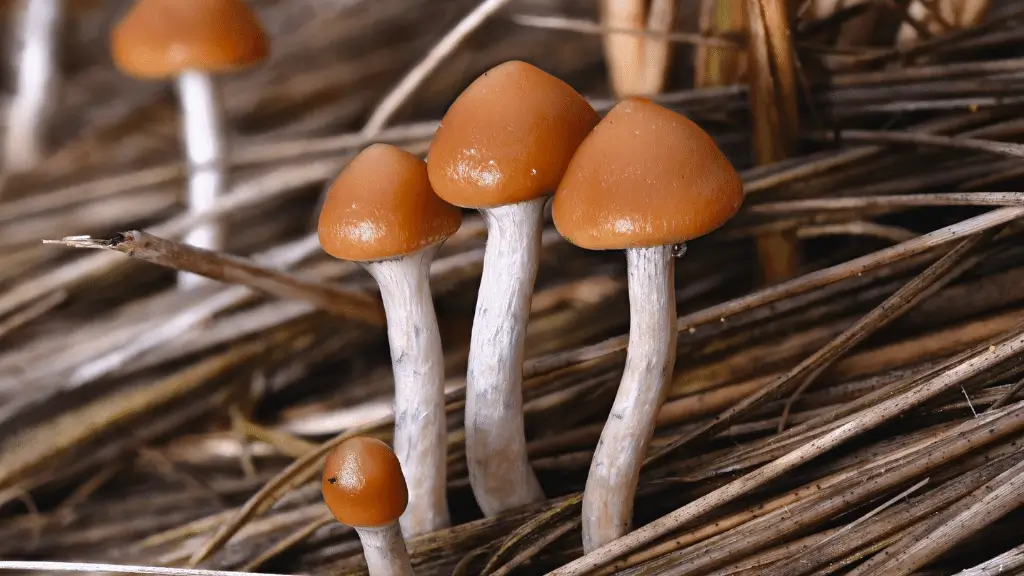
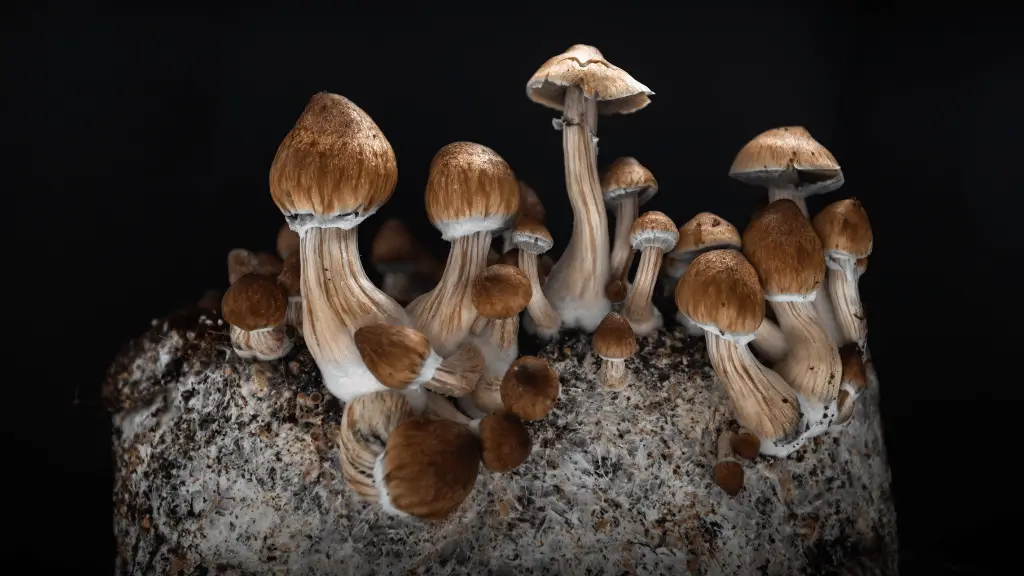


.png)
